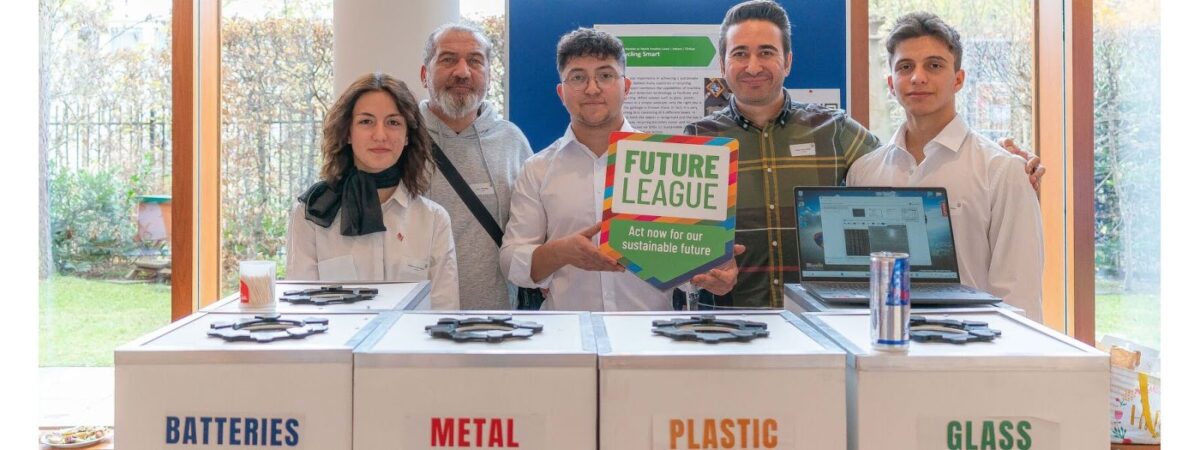
As a teacher at Atatürk Mesleki ve Teknik Anadolu Lisesi School in Ankara, Türkiye, I established a coding club at my school to encourage students to develop solutions to real-world problems. The club aims to help students apply theoretical knowledge gained in classes to address challenges they observe in their surroundings. Any interested student can join the workshops held during club hours. For the past three years, students aged 15-16 have also been taking an elective course on Artificial Intelligence and Machine Learning, through which they work on hands-on projects. Our guiding principle is clear: to use AI for social good.
During one of our brainstorming sessions, I asked students to list problems they noticed at school. Most of them identified improper recycling practices—especially waste being randomly discarded in bins—as a major issue to address.
The students quickly applied what they learned in AI and machine learning. They installed a basic webcam above a waste bin, trained it with object recognition, and added a motorized mechanism that only opened the correct bin when a specific item was detected.
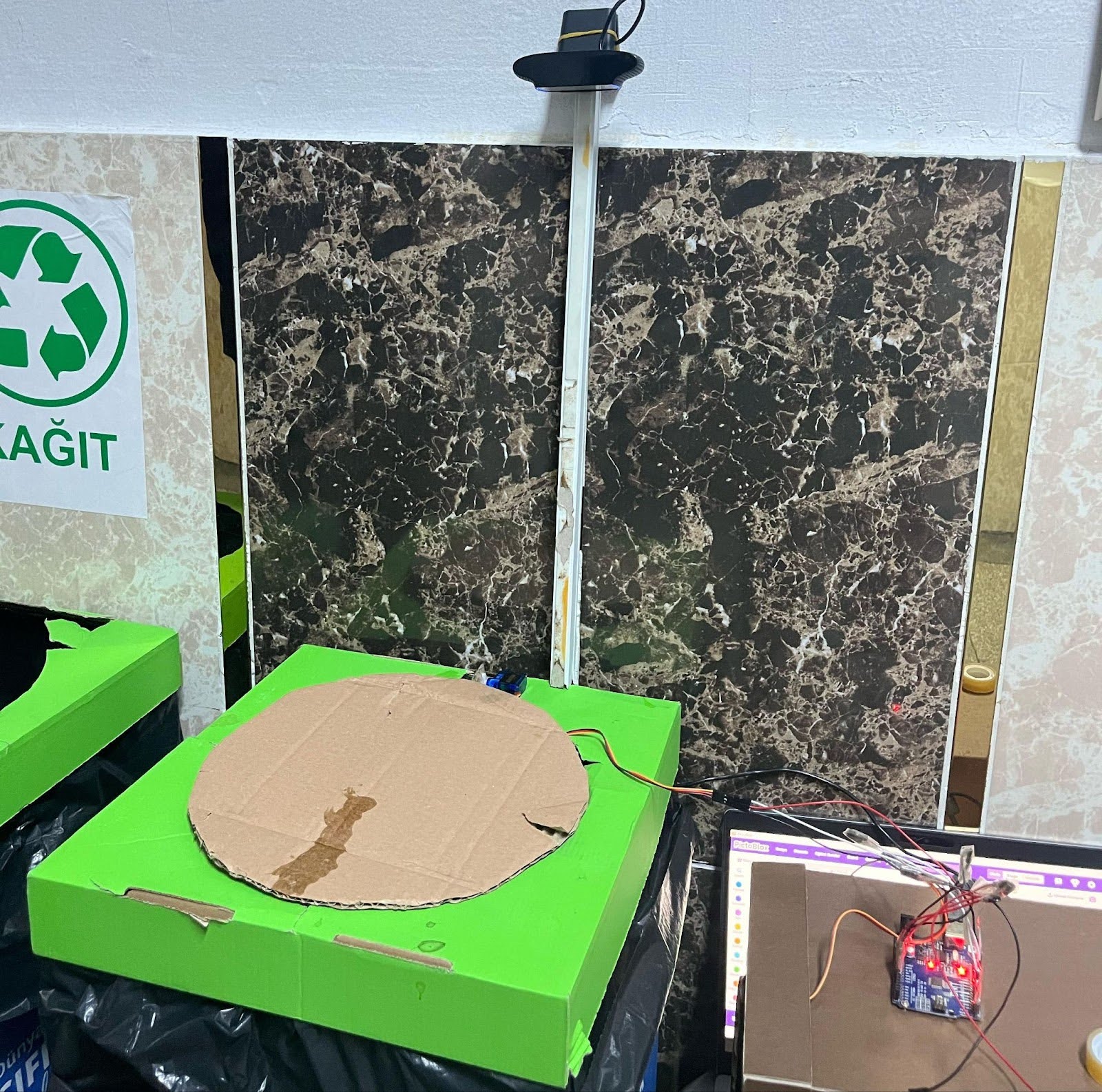
Students’ cardboard prototype of their recycling solution, equipped with a webcam and smart sensor.
This helped mitigate students placing trash in the wrong container. During the initial trials, they observed that their peers found the system both engaging and educational. The system’s accuracy exceeded 95%, which was impressive for a prototype.
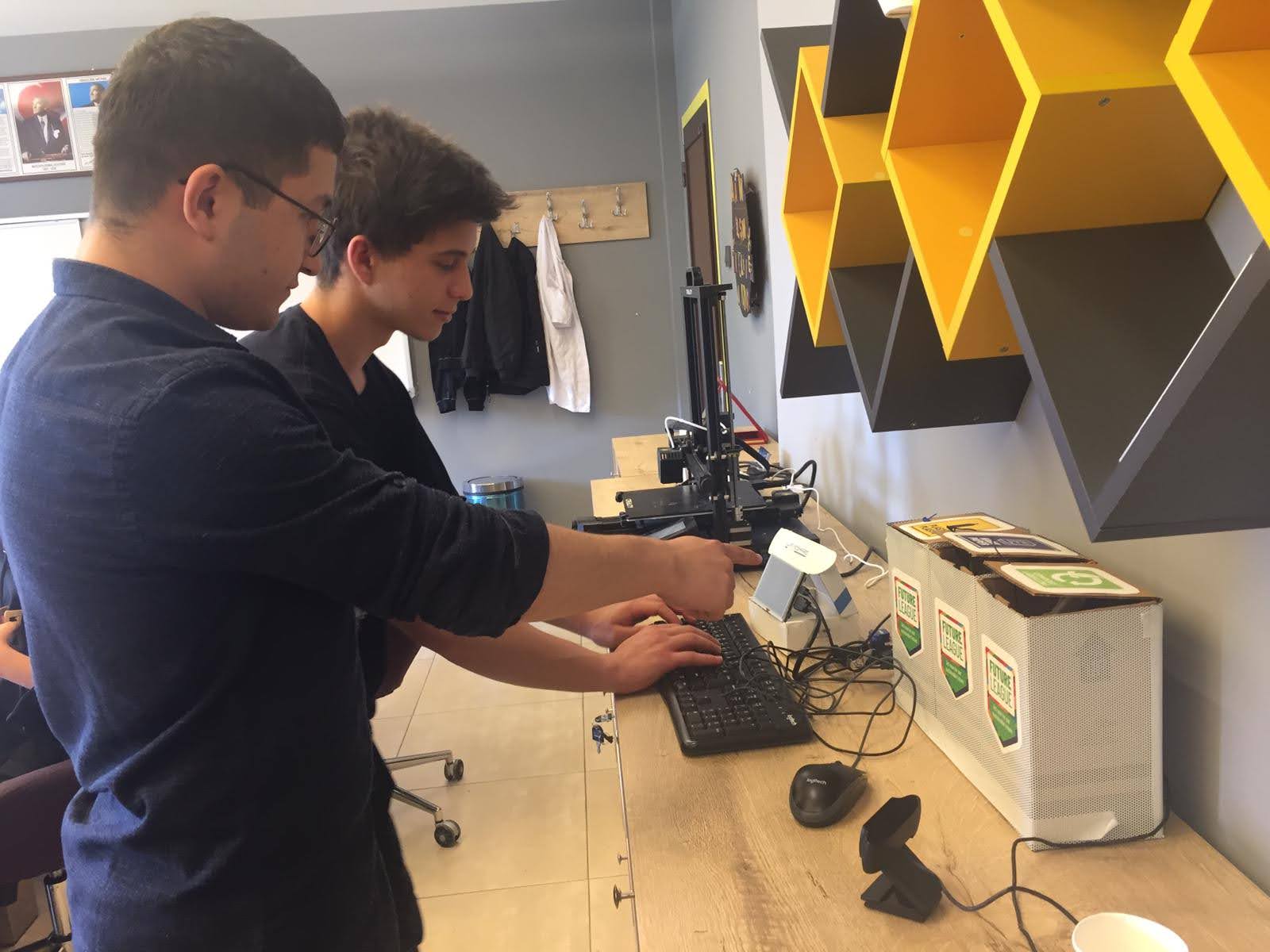
Students work together to program their Recycling Smart solution.
Listen to their teacher describe the image above.
“This project was more than just a technology experience—it was a journey of awareness. I realized that when we solve a problem using AI, we’re actually making a small but meaningful contribution to society. Now, I don’t just think about building technology, but about how to use it to create a positive impact for people and the planet.” – Melissa, Student
“I never imagined that a project we started at school would gain such recognition. Looking back now, I’m incredibly proud that we showed how an idea can transcend boundaries.” – Cafer, Student
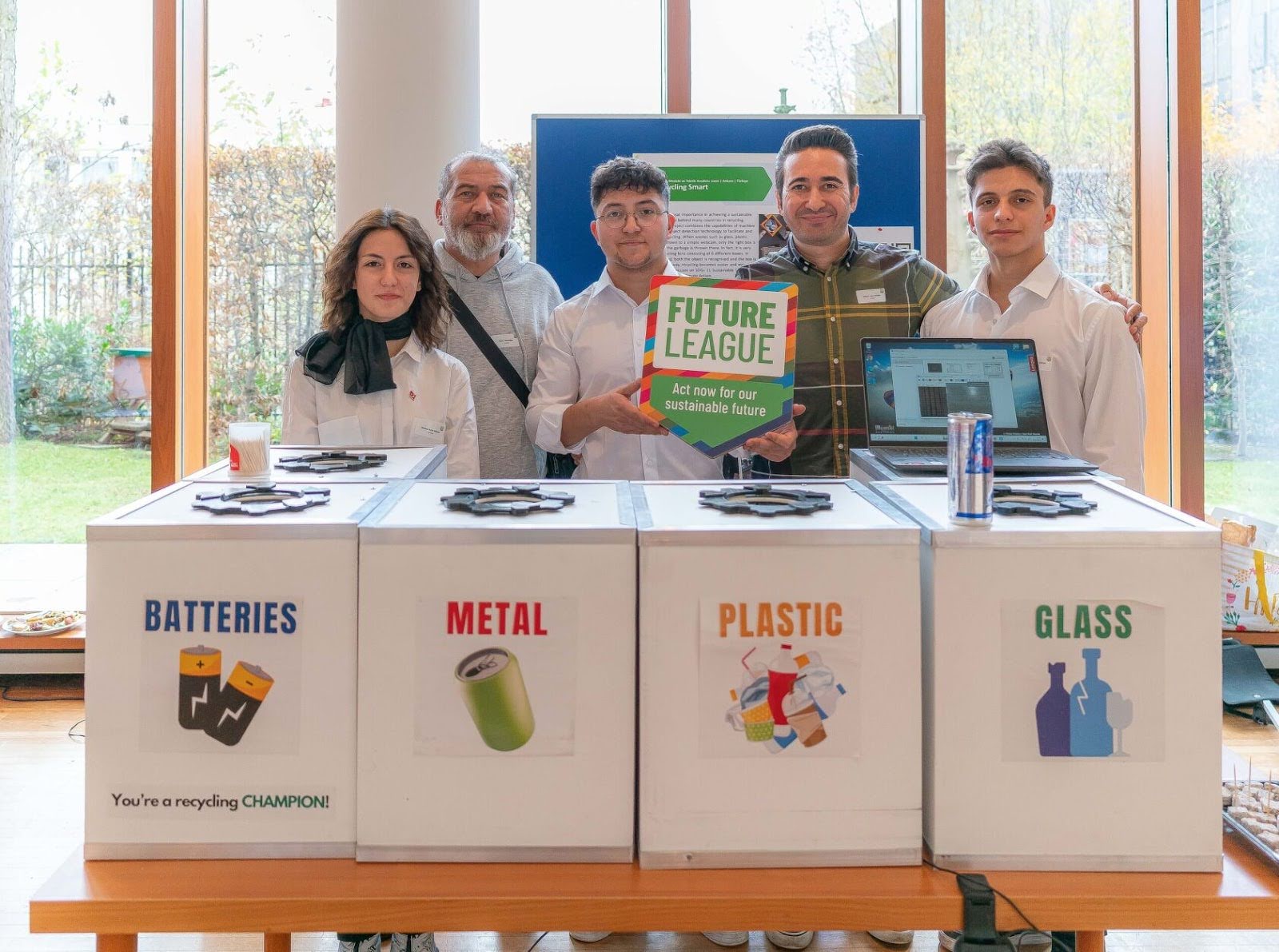
Students exhibited their Recycling Smart solution.
With their project Recycling Smart, students gained international recognition—an achievement that meant a great deal to them. However, one story stands out most to me. One of the team members, Berat, had long struggled with choosing a university major. Through this project, he discovered his passion for AI and machine learning and realized that a career in this field was right for him. Today, he is a freshman at university, taking further steps toward solving real-world problems using the power of AI.
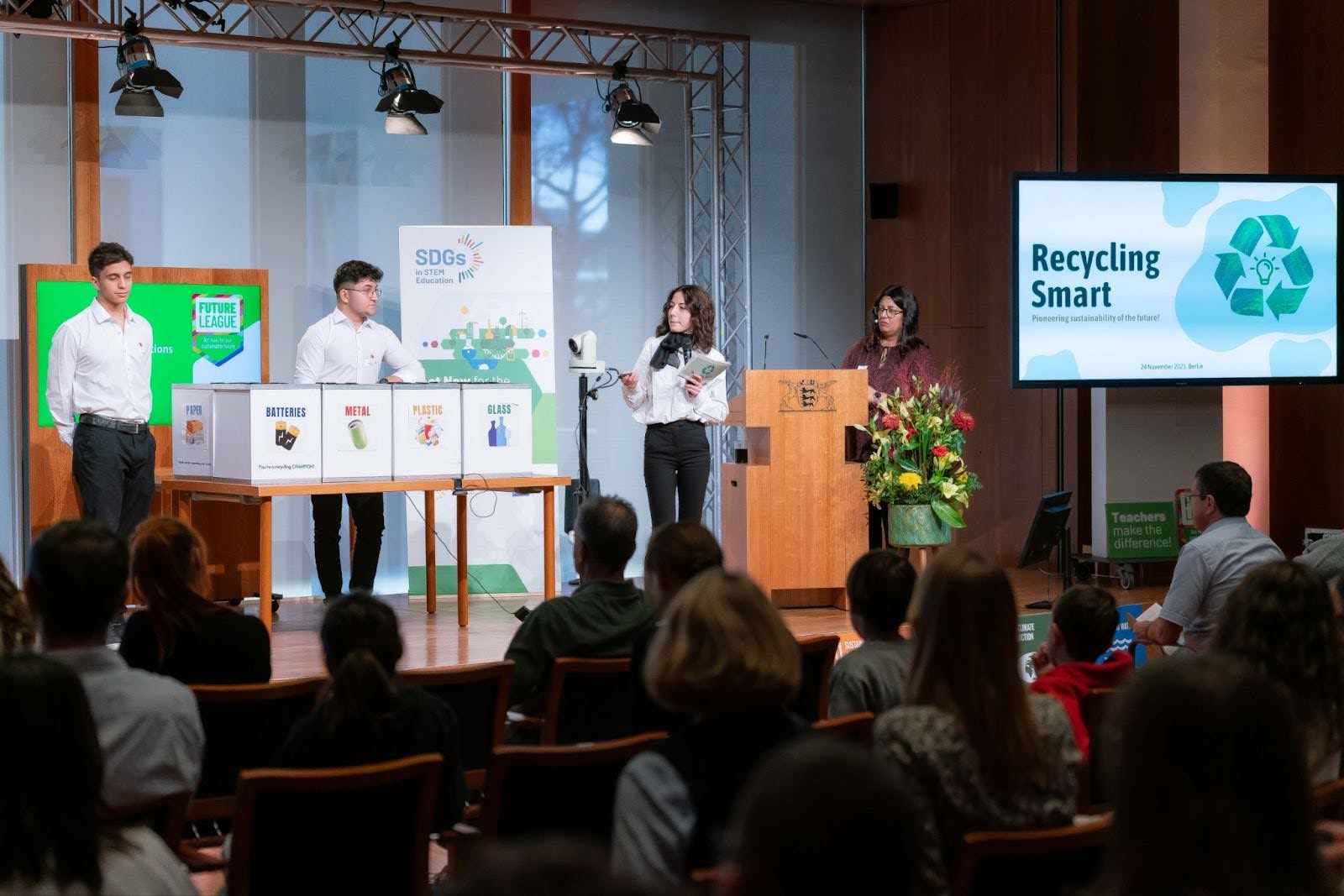
Students present their Recycling Smart project on stage at an international event.
Listen to their teacher recall the moment captured in the image above.
Although Recycling Smart started with a simple idea, it yielded powerful results—enriching both our school environment and our students’ personal development. This clearly demonstrates the vital role of education in contributing to sustainability. And at the heart of it all stand the schools, leading the way in this technological and social transformation.